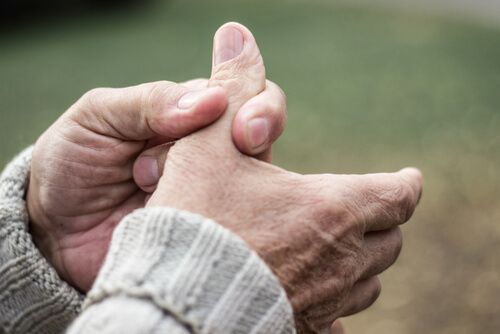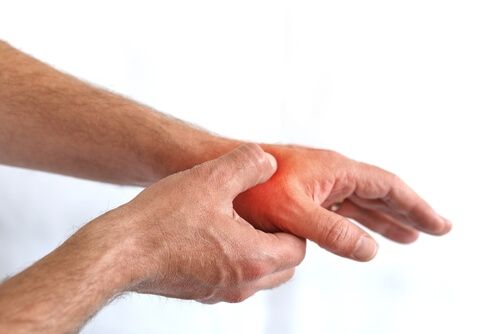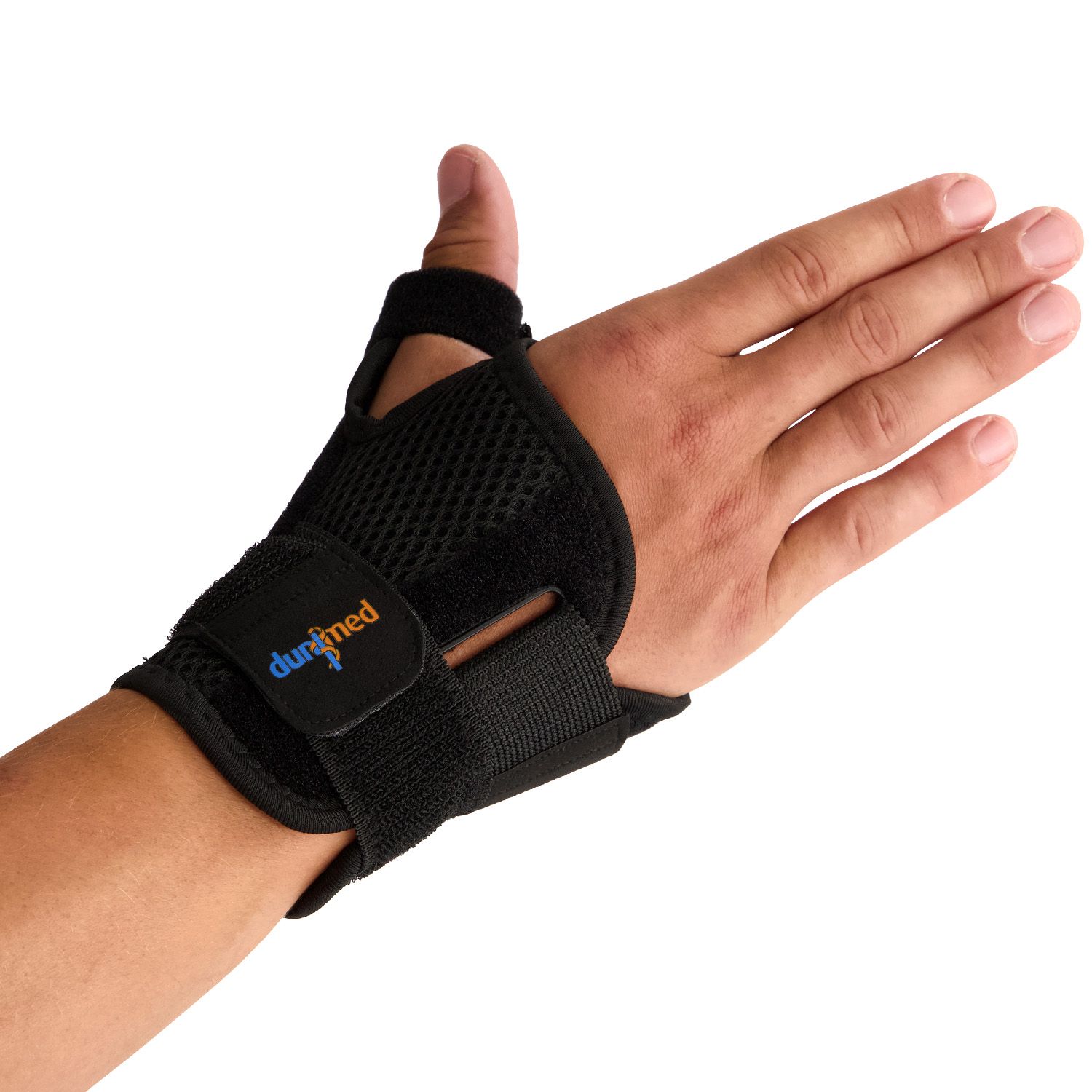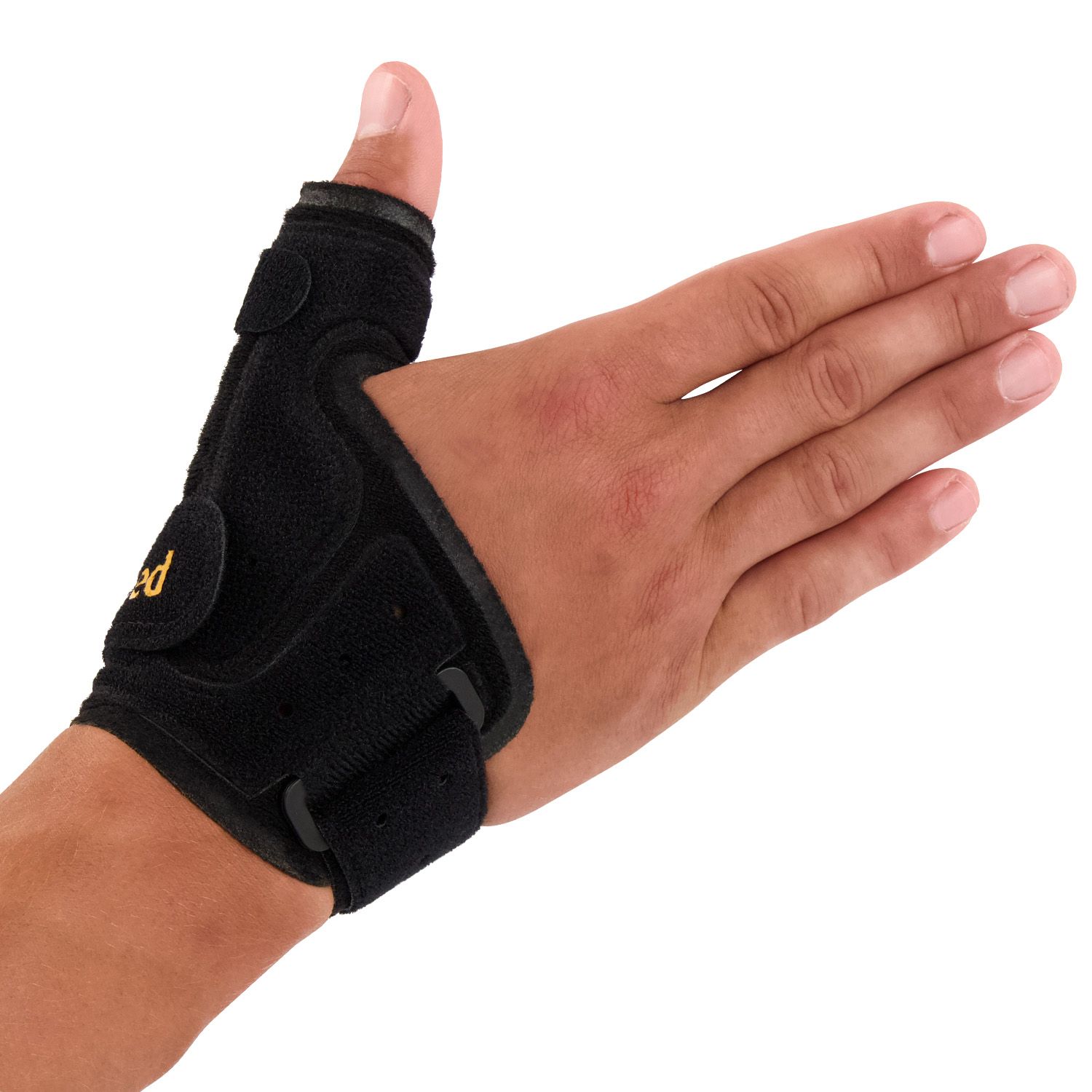Thumb base joint osteoarthritis (MCP -I)
Thumb base osteoarthritis is a troublesome condition located in the thumb joint. Here you’ll find more information about how this condition develops and its various symptoms. Feel free to read on to learn more.
What is thumb base osteoarthritis?
The thumb is the most frequently used part of the entire hand. For this reason, thumb base osteoarthritis (also known as thumb base wear) is common. With every movement, you may feel pain. The thumb base and the thenar area can become painful, and the pain may worsen with heavy use. The thumb may also lose strength, causing you to drop things more easily. Roughly one in three women over the age of 40 shows abnormalities in the thumb base joint on an X-ray, which confirms how common thumb base osteoarthritis is. Fortunately, it can be treated effectively.

What causes it?
The thumb base joint is formed by the trapezium (a small wrist bone) and the first metacarpal bone. This joint is not very stable. When the ligaments that connect these bones become loose, wear can occur because the joint no longer fits together properly. Pain often worsens with gripping motions, such as turning a key or opening a jar. In thumb base osteoarthritis, the thumb may take on an abnormal position where the thenar area collapses inward, and the rest of the thumb stretches outward. This often leads to swelling at the base of the thumb. X-rays can clearly reveal this abnormality. In some cases, a bone scan may be needed to confirm the diagnosis.
What symptoms occur?
Several symptoms may indicate thumb base osteoarthritis. Below are the most common ones:
- Pain when moving the thumb, such as when turning a key or opening jars
- Increased pain during thumb use
- Pain in the thenar region and thumb base of the hand
- Loss of grip strength, leading to dropping objects more frequently

How is thumb base osteoarthritis diagnosed?
Your doctor will ask you a few questions and perform a physical examination. Then, X-rays will be taken to determine whether thumb base osteoarthritis is present.
What treatments are available?
In cases of mild wear, rest, splinting, pain relief, and anti-inflammatory injections may be sufficient. If the osteoarthritis is advanced or symptoms persist, surgical intervention may be considered. Hand therapy may also be helpful.
In surgery, the damaged bone is removed and replaced with a tendon graft or prosthesis. This involves removing the trapezium bone. Using a piece of tendon or a prosthetic implant, a stable suspension of the thumb base is created. Another surgical option is the arthrodesis technique, in which the surgeon makes an incision on the palm side of the hand near the base of the thenar area.
After this procedure, the thumb can be used again, as surrounding joints compensate for the fixed joint. Laying the hand flat on a table may be more difficult, but this is offset by the relatively quick recovery, allowing you to use your thumb again soon.
A thumb brace can also be used in cases of thumb osteoarthritis. It helps reduce pain and limit further wear. These braces are typically made of rigid plastic and provide strong support.

Bauerfeind ManuLoc Rhizo Wrist / Thumb Support
Protection level 3
Super Ortho Thumb Support CMC

Dunimed Premium Thumb / Wrist Support

Dunimed Manu Thumb Support

Dunimed Thumb / Wrist Support (in Black and Beige)

- Physiotherapist
- Sports podiatrist
- Manual therapist
- Podopostural therapist
- Myofascial dry needling specialist


